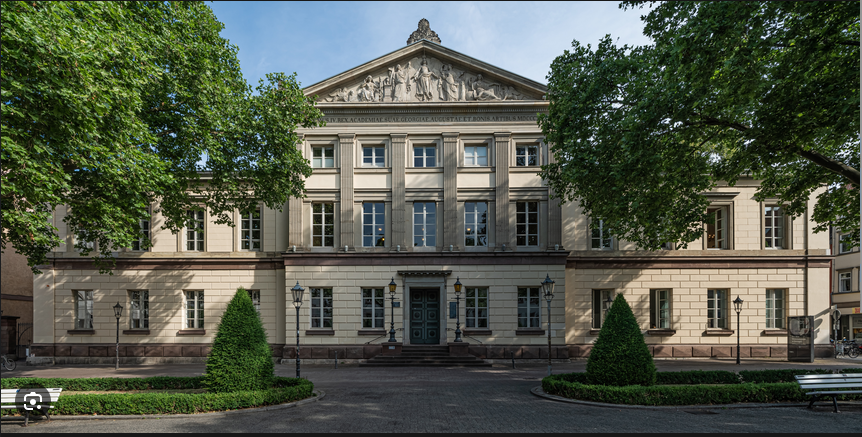Speaker
Description
Agriculture and its development have long been recognized as one of the primary drivers of economic growth, development, and poverty reduction in developing countries. Policymakers and international organizations have actively advocated for the transition from subsistence farming to market-oriented agriculture as a pivotal strategy to combat poverty and enhance farmers’ income and food security. In line with this global perspective, the Royal Government of Bhutan embarked on an agricultural transformation journey through its five-year plan since the 1960s, seeking to foster a shift from traditional subsistence farming to a more market-based agriculture. What sets Bhutan apart is its unique emphasis on sustainable agriculture, which has been identified as the very cornerstone of the country's overall development agenda. Bhutan, facing challenges like climate change, limited arable land, and rural-urban migration, is considering high-value crops as a "low volume high value" strategy to enhance agricultural profitability and appeal to the youth. Some farmers are already shifting their cultivation from lower-value to higher-value crops like apples, citrus mandarin, asparagus, cauliflower, broccoli, cardamom, and avocados among others. However, this transition is slow and happens in specific areas, particularly in places with better access to i) large domestic markets (western and more urbanized parts of the country), and ii) export markets in southern border towns. As a mountainous country, Bhutan's unique topography presents a fragile environment that leaves farmers with limited room for experimentation and risky innovations. As a result, gaining a deeper understanding of farmers' high-value crops adoption choice is crucial for supporting farmers at the national level through effective strategies meeting their needs and desires.
Employing a Discrete Choice Experiment (DCE), this study investigates farmers' preferences for high-value crops and identifies key challenges and drivers shaping high-value crops adoption in Bhutan. The study stands out by considering both production and marketing attributes, along with support provision. In particular, the attributes considered are the following: establishment period of the crop, labor requirement per acre, production cost per acre, potential income per acre, perishability of the crop, mode of sale, and support. The paper also estimates the Willingness To Pay (WTP) to understand the economic relevance of these characteristics and analyzes how farmers' risk tolerance, market distance, wealth, off-farm diversification, and knowledge of the innovation affect farmers’ preferences. Choice experiment data were collected from 902 farmers across four districts, i.e. Thimphu, Paro, Zhemgang, and Trashigang, during November-December 2022. This experiment was part of the 'Bhutan Agricultural Livelihoods and Management Survey' (BALMS) conducted by the Food and Agriculture Organization of the United Nations in collaboration with the College of Natural Resources (CNR) of the Royal University of Bhutan (RUB). To ensure a cost-effective sample design and overcome the absence of comprehensive farmer household lists across all administrative units, a multi-stage cluster sampling approach was employed. The main model is a mixed logit (MXL) model estimated by simulated maximum likelihood with 500 Halton draws and assuming a normal distribution of the random parameters.
Results reveal that the long establishment periods crucially decrease farmers’ willingness to adopt high-value crops. Shorter establishment periods, such as seasonal high-value crops, are preferred over longer ones, indicating a high intertemporal discount rate, or, in other terms, a preference for quicker returns on investment. Farmers positively value attributes related to potential income, direct market sale, and risk-reducing interventions like electric fences, storage facilities, and technical training. Conversely, they hold negative perceptions of production costs, labor requirements, and crop perishability. Furthermore, significant preference heterogeneity exists across districts, socio-economic characteristics, and risk tolerance. While farmers in all districts value positively the adoption of high-value crops, risk-prone and wealthier farmers value high-value crops more positively. Considering the establishment period attribute, previous experience with permanent and high-value crops, and off-farm diversification play crucial roles in reducing farmers' aversion towards longer establishment periods. Risk-averse farmers value longer establishment period more negatively than risk-prone farmers. Farmers in the rural and most-distant-from-the-market districts, value more positively electric fences and more negatively perishable high-value crops. Finally, farmers are willing to pay in order to get the preferred supports, such as electric fences and storage facilities, while they would require monetary compensation for growing high-value crops with longer establishment periods. The multifaceted nature of farmers' adoption decisions necessitates a comprehensive policy approach. The findings underscore the need to address farmers' high-intertemporal discount rates and risks associated with high-value crop cultivation suggesting the provision of initial investment support, promotion of knowledge transfer for informed decision-making and reduced risk perception, and mitigating risks through infrastructure investments as viable means. Finally, promoting high-value crops that align with farmers' preferences and implementing context-specific, targeted policies are the key boosters of high-value crops adoption.
Keywords: High-value crops, Bhutan, farmers preferences, Discrete Choice Experiment, intertemporal discount rate, risk tolerance.

